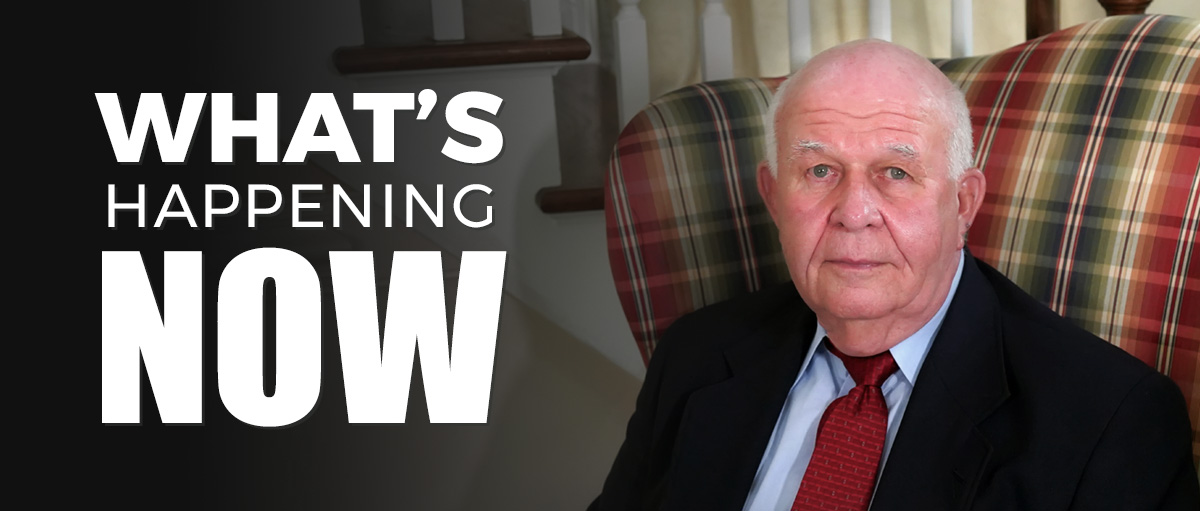Publisher's note: The John William Pope Center for Education Policy provides a treasure trove of information suggesting the better path forward in regards to North Carolina's number one issue - public education. Public education, at all levels, requires a significant amount of funding from our state government, and all one hundred North Carolina counties, so it is essential that leaders effecting education policy get it right, and know that concerned entities, like the John William Pope Center, will be minding their progress to do so.
We welcome the John William Pope Center for Education Policy to our growing readership, and expect our readers to learn all they can to do their part in this wise endeavor to better educate our People.
The author of this informative post is Gary Jason.
The newspaper of record discovers the problem of college grads working in low-skill jobs, but misses the reason.
When the New York Times finds a case of what economists call market failure, you can expect that its reporters will investigate it to the core. But when it stumbles across a clear case of government failure, expect at best a superficial and myopic investigation.
Such is the case with the recent
New York Times article, "It Takes a B.A. to Find a Job as a File Clerk."
The story notes that the American system of higher education is failing to adequately train our youth to flourish in our evolving, knowledge-based economy. Specifically, it reports that a college degree has more and more replaced the high school diploma as the minimum requirement for getting a job--with the result that college graduates are taking menial jobs.
Reporter Catherine Rampell illustrates this amazing new development with a number of individual examples. One is a young man with a college degree who is an in-house courier for a law firm, running files back and forth for $10 an hour. Another is a receptionist, who earns $37,000 annually, but whose college degree (in fashion and retail management) left her with $100,000 in student loan debt. A third is the file clerk in the article's title, who has a bachelor's degree in something called "general studies."
Rampell might have supported these findings with the statistics on how many college grads have jobs that shouldn't require more than a high school diploma. Those statistics are shocking: 17 percent of
bellhops have college degrees, as do 14 percent of mail carriers, for example.
Okay, the New York Times has discovered what many of us already knew. But when it comes to explaining why there is all this "degree inflation," the article goes all wobbly. It offers three reasons:
• Some formerly lower-skilled jobs, such as those in supply chain management, now require more skills.
• With so many people in college, business treats high school graduates who don't have at least some college as less capable or ambitious.
• Employers are just using the college degree as a quick device for weeding out the hundreds of applicants for entry-level jobs.
In short, the article insinuates that the problem here is market failure. The Times, a devoutly progressive publication, doesn't even mention, much less explore, the idea that government failure is the major culprit here.
Keep in mind that most students attend colleges or universities that are mostly government-funded and operated (local community colleges and large state universities).
Beyond that, the federal government has taken over and dramatically increased the student loan program. This is the very program that has fueled the growth in the number of students graduating with less-than-marketable degrees, pushed up tuition, and enabled universities to afford administrative bloat (some of it undoubtedly required by unfunded federal mandates). The author should have read
this paper on the connection between federal student aid and rising tuition, or
this one on the reasons why college officials focus their attention on raising and spending money rather than trying to minimize costs for students.
This federal loan program does not differentiate between degrees that lead to good jobs and those that don't. What degrees are less than marketable? For one, probably a degree in fine or performing arts. The Wall Street Journal recently
analyzed Department of Education data and concluded that the highest student loan debt loads are run up by students at art, music, and design colleges--on average now over $21,500. To repay that, the students will be paying about $3,000 a year. This is a challenging amount for graduates who, with five or fewer years of experience on the job, have average incomes of only about $40,000 per year, according to PayScale.com.
Much of the increase in degrees has been in fields outside STEM (science, technology, engineering and math), fields where there is the greatest demand. The number of graduates with those degrees has remained constant, but the number of students in other areas where there is relatively little demand has risen sharply.
The government doesn't allocate loan funds rationally or efficiently, not now when it is the only purveyor of subsidized loans, or earlier, when it guaranteed private student loans. A more rational system would be to be selective about the use of tax dollars. It might fund only students majoring in subjects that produce positive externalities for the taxpaying public, such as STEM and medical professions. Or it might require that students meet some merit requirements so that students will be capable of taking a rigorous series of courses. Instead, tax dollars are allocated politically, increasing student aid funding across the board to maximize the support for the politicians who support the program.
Underlying this government failure is an even more troubling one, not mentioned by the New York Times: America's public K-12 school system is mediocre at best (even in the
wealthier suburbs). In inner cities, the failure of the government to provide children with the most basic academic skills is massive.
The reality faced by employers in private industry--which, unlike government, needs to be efficient to survive--is that a high school diploma doesn't guarantee that the student can actually read, write, and compute at anywhere near the twelfth-grade level, or often even at the eighth-grade level. Chalk that up to decades of "social promotion" along with other "progressive education" theories, all of which have badly undermined our K-12 system.
Given the inadequacy of the high school diploma, one might wonder why private industry doesn't stop using a college degree as a screening device and, instead, administer basic literacy and numeracy tests to potential employees who don't have college degrees? That would ensure that companies have the human capital needed for entry-level jobs.
The answer appears to be another government failure. Thanks to the government that the Times so reflexively supports, any basic skills test that has a "disparate impact" (i.e., has scores that show statistical differences between ethnic groups) will subject the company using them to enormous legal risks. That legal minefield is due to a 1971 Supreme Court decision, Griggs v. Duke Power, which many argue, has led companies to insist that applicants have college degrees.
To avoid the legal minefield, as
this essay explains, employers began demanding college credentials as the safest way to screen out applicants who probably were less trainable and reliable. That appears to be a major reason why so many young Americans think they must go to college these days but often end up doing low-skill, low-pay jobs.
Yes, there is something profoundly wrong when a country has lots of file clerks with college degrees. But the problem is caused by government failure, something the New York Times simply does not see.






















